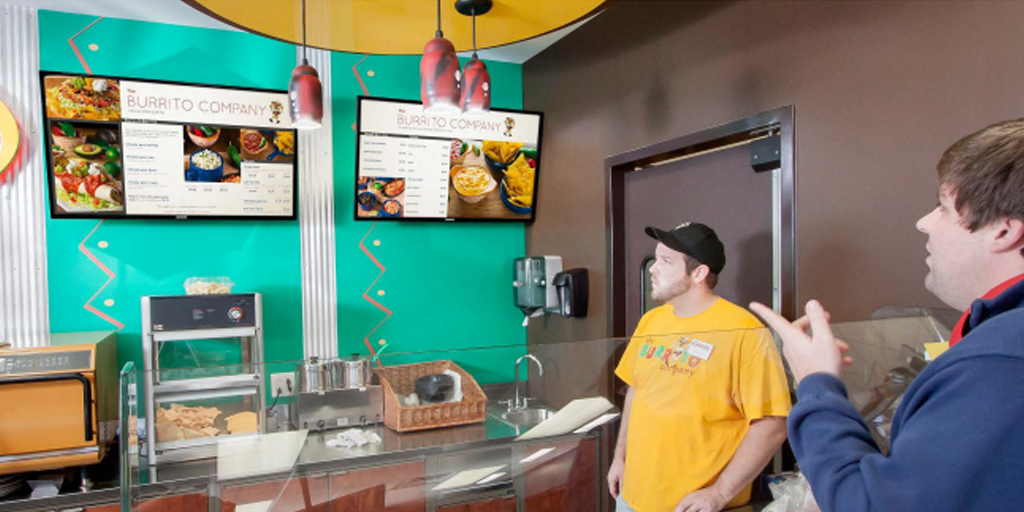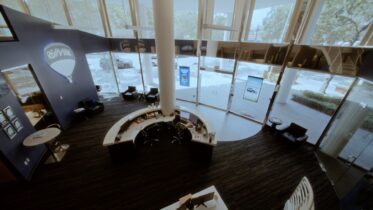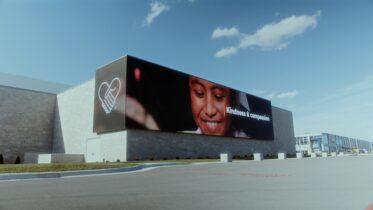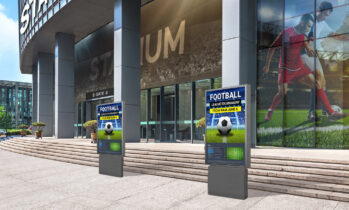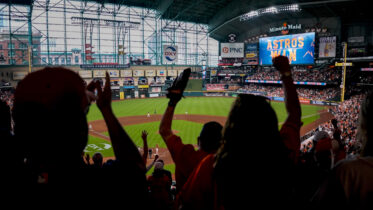Smart technology enables digital signage to create easier and more effective content and it’s time for businesses to take the leap from static messaging to digital display.
Kentucky-based petroleum company, Rocket Oil, is one business that has embarked on the dynamic signage revolution by transitioning from static signage to dynamic digital menu boards acquainting its customers with its convenience store brand, Ideal Market.
The gas station chain began its digital transformation initiative with a pilot program at its Marion, Kentucky location. They introduced five 46-inch Samsung MD-C Series of commercial displays, powered by Smart Signage Platform (SSP) and Signagelive’s Food Service Manager. Daily menus were showcased across the displays over LAN without the need for an external media player, reducing the total ownership cost and allowing menu changes to be done at any time remotely.
Within weeks of display deployment, the location saved valuable menu-changing time and received positive customer feedback. As the pilot location continues to receive acclaim, Rocket Oil has decided to rollout the digital menu board platform to about seven to 10 more stores.
Even though Rocket Oil’s pilot program led to positive results, many businesses continue hesitate adopting dynamic signage. This reluctance has created a “digital signage divide,” a phrase coined by Kevin Schroll, often caused by the impression that digital signage is too costly, too time-consuming and overall too complex.
Digital signage skeptics may have had valid concerns in the past, but new smart display and cloud-based delivery solutions have dramatically simplified the pathway to deploying digital signage networks today.
Cost is always a major factor, however, the ownership savings for small, medium and even large signage rollouts equates to an ownership savings of up to 30 percent, according to a recent study. Smart signage has Wi-Fi functionality built-in to the device, which benefits displays in conference rooms and large business environments, eliminating the cable connectivity hassle.
Businesses can easily open doors to a broader customer base by staying connected through social media – smart technology allows for those opportunities. Getting social encourages a powerful connection between mobile technology and digital signage that companies should be taking advantage of.
For small businesses, everything-in-the-box solutions are changing the way mom-and-pop shops can leverage digital signage. Samsung’s Smart Signage TV provides all solutions shown on the retail floor for easy activation – watch ways some small businesses are integrating digital signage.
For smaller spaces, small form-factor signage solutions displays – as small as 10-inches – can be deployed in retail, public spaces or even corporate settings. These solutions offer new possibilities in remote environments.
Rocket Oil is on the right track by adopting a new way of staying connected, efficiently displaying menu offerings and reducing overall cost – negating the previous skepticism that smart technology is too expensive and complex. Now, if only additional businesses adopted smart technology the “digital signage divide” would cease to exist.
